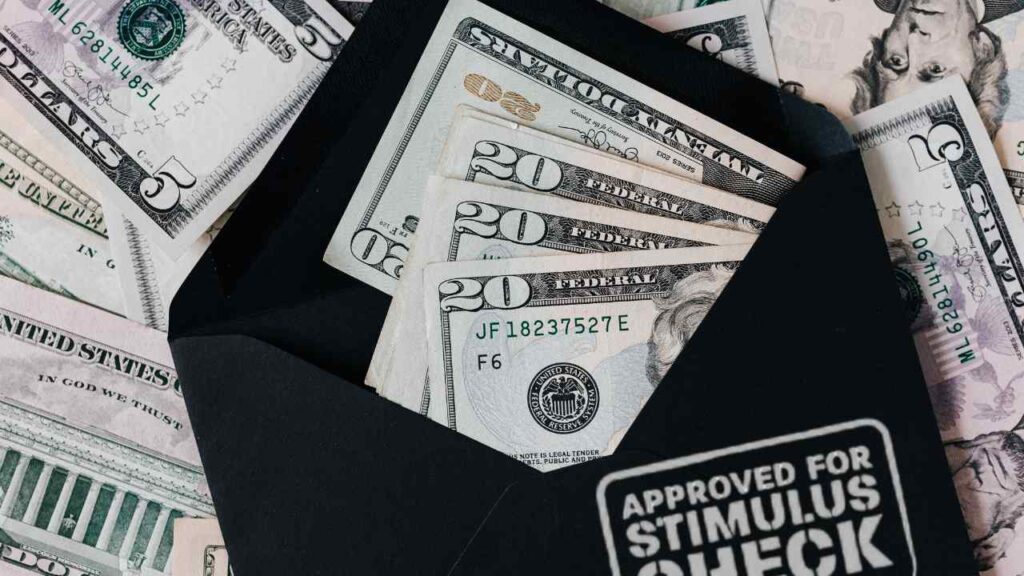In recent weeks, a statement by President Donald Trump has captured public attention. The promise, disseminated through his Social Truth platform, indicated that “A dividend of at least $2,000 per person will be paid to everyone.” This reminds us of the post-covid era stimulus checks, but they’re actually different
The stimulus checks proposal is presented by the president as a direct compensation measure. The logic outlined by Trump suggests that tariff revenues collected from tariffs imposed on imports from countries like China, Mexico, Canada, and Europe would be the source of funding.
According to this view, a portion of these funds would be returned to taxpayers, while the surplus would be used to reduce the ballooning national debt, which is approaching $40 trillion.
Is a $2,000 stimulus check plan viable?
The possibility of this payment has been supported by recent official statements. Presidential spokesperson Karoline Levitt stated that Trump “remains committed” to the measure.
Subsequently, on November 17, the president himself provided a rough timeframe, indicating that the payments could begin “sometime in the middle of next year, maybe a little later.” This statement increased scrutiny of the program’s viability.
The figures circulating in government circles and think tanks are significant. Treasury Department reports detail that, as of October, the new tariffs have generated revenues ranging from $195 billion to $220 billion. More ambitious projections anticipate that this revenue could reach up to $300 billion annually once the tariffs are operating at full capacity.
What others are saying about tariffs and dividend checks
This initiative did not emerge from a legislative vacuum. Senator Josh Hawley, a Republican from Missouri, introduced the American Worker Rebate Act in July. This bill proposed direct payments to families, ranging from $600 to $2,400, explicitly funded by tariff revenues. Although the legislation did not advance beyond the committee to which it was assigned, it is frequently cited as a conceptual precedent for the current proposal.
The convergence of the presidential announcement and previous legislative initiatives has led a segment of the population to anticipate the arrival of the checks. The central question in some sectors has shifted from doubt about the existence of the payment to speculation about the registration mechanisms and the exact disbursement date. This expectation persists despite the lack of an established formal procedure.
Are there any obstacles?
However, behind the superficial appeal of the promise lie considerable logistical and financial difficulties. Analyses conducted by the Committee for a Responsible Federal Budget and the Tax Foundation have quantified the potential cost.
Transferring $2,000 to every eligible adult, which would include an income threshold of around $100,000, would cost more than $300 billion.
The federal government would distribute up to $600 billion
If the payment were extended to include dependents, the total cost would skyrocket, reaching nearly $600 billion. This amount would more than double the most optimistic projections of annual tariff revenue. This discrepancy raises a fundamental question about the financial sustainability of the proposal without impacting other areas of the federal budget or increasing the deficit.
Additionally, any large-scale distribution of funds requires congressional approval. On Capitol Hill, the idea has received a lukewarm reception, even among some members of the Republican Party. The separation of powers constitutes a mandatory filter for the initiative. Meanwhile, a pending ruling by the Supreme Court could potentially invalidate a portion of the tariffs already collected, creating an unexpected legal contingency.
